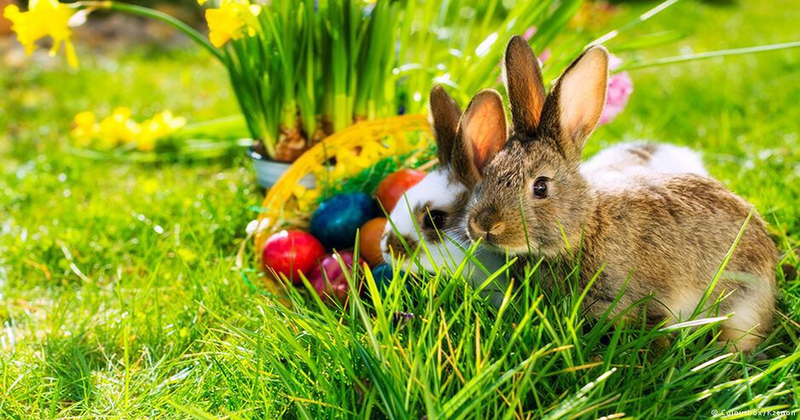
HAPPY EASTER TO ALL THE READERS!
We all know what is Easter and to what Christian and pagan ideology is linked to; and is celebrating it today–Sunday, April 1st 2018.
And the kids will be having the times of their lives- if they haven’t already, hunting for those Easter eggs that the Easter bunnies have hidden.
But how did rabbits and chocolate eggs come into Easter?
This Easter let’s break down the common ideas behind the celebration.
Easter Eggs
Eggs, a symbol of new life are an analogy to Jesus’ resurrection on Easter Sunday.
It has been said that when Jesus rose from the dead, Mary Magdalene had gone to the Roman Emperor Pontius Pilot and told him, Jesus whom his governors had crucified has come back to life.
Pilot had dismissed her claims, and had pointed to his table were white eggs were placed and told her that it was just as if she had said that the eggs were red, i.e, a pack of lies.
Pilot then looked to the table to see that eggs had indeed turned red.
When Pilot looked to the table the eggs had turned red.
In the Middle Ages, it was considered a treat to eat decorated eggs after mass on Easter Sunday, after fasting through Lent – hence why we gorge ourselves on chocolate on Sunday while celebrating Jesus’ new life.
Since then, it has developed into the massive commercial deal it is now, with retailers and manufacturers cashing in on all sorts of chocolate treats.
‘Easter’?
The English word for Easter is derived from the name of a minor Anglo-Saxon goddess, Eostre, the goddess of the dawn or spring.
Feasts in her honor were often celebrated in April.
Most other languages derive the name from Pesach, the Hebrew name for Passover.
In Greek, Easter is Paskha, in French it is Pâques, Paaske is the Danish word for Easter, and in Italian Easter is called Pasqua.
How does the Easter Bunny fit in?
There are two reasons why we have what’s commonly referred to as ‘The Easter Bunny’.
Rabbits are known to breed rapidly, which creates a link back to theory of new life and the resurrection of Jesus.
In European folklore, hares were believed to have laid eggs or hide colored eggs for children to find – which has now morphed into the much-loved Easter Hunt.

Post Your Comments